SEGA has its roots in the Western world and that influence is still ever so present today. It all started in Hawaii, went to Japan, then was bought by Gulf + Western, but then settled on Japanese ownership in 1984. But all those years of influence from Western staff and ownership never completely went away even after being staunchly Japanese for most of its life. Selling arcade machines, making your own consoles and even dabbling in in-door theme parks requires tons of investment that won’t be recouped in Japan, so it’s good to have international roots.
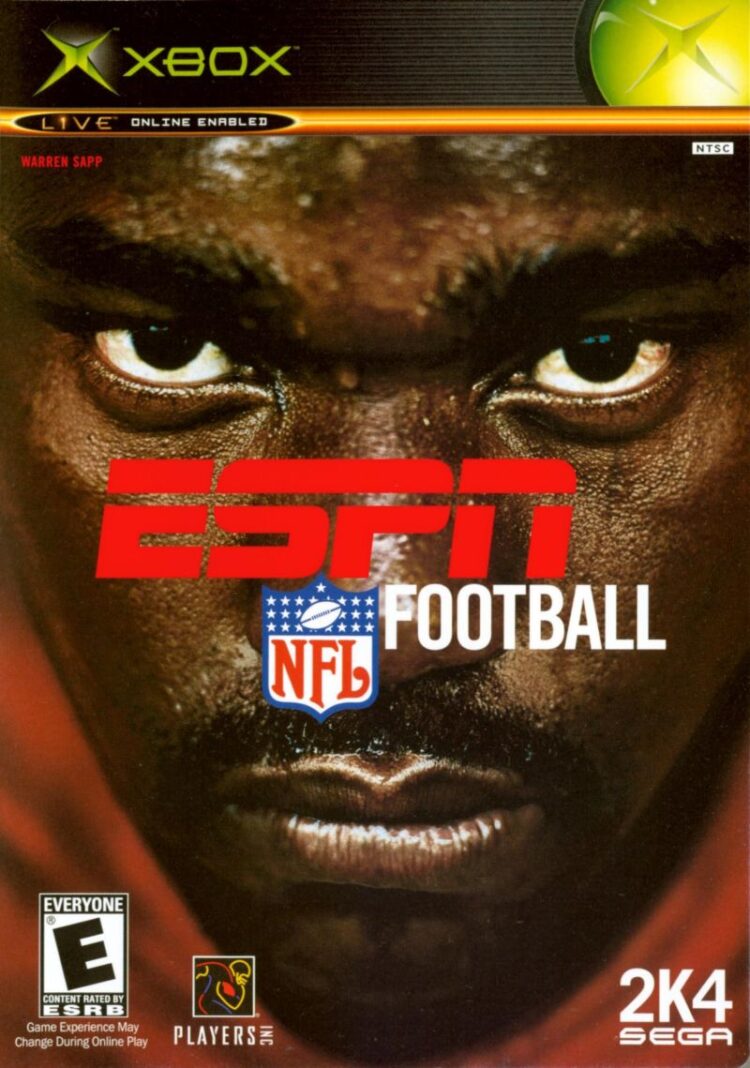
But Japan made the best games in the 80’s and 90’s, which is something that is pretty much universally agreed upon. Yeah there were some good games from Western SEGA studios, like the SEGA Technical Institute and Visual Concepts, but people cared about Japanese games the most. So where do we stand in the 21st century? Well GTA III and Halo changed the game, SEGA left the home console business and worldwide top selling games were increasingly less of Japanese origin. Something that was noticed by, now formerly of SEGA, Toshihiro Nagoshi.
A new era
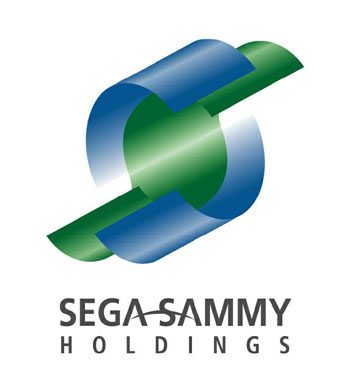
SEGA had a difficult time right after the Dreamcast. They were looking to be bought, and found one buyer soon after with pachinko and pachislot maker Sammy. Whatever you say what this merger or buyout really meant, it definitely meant that a new cash flow was available. And by now, the most important market for the video game business was North America and Europe. With this new cash opportunity and growing markets, SEGA took a rather unusual strategy that was also rather big in scope. Instead of developing games aimed at Western markets in Japan, which many companies were doing – they outright partnered and bought many Western studios and their IP. Not only that, SEGA arranged their buyouts so that they suited the characteristics of both the European and North American markets rather than just the Western markets only. So two very distinct presidents were hired for both America and Europe. Mike Hayes for SEGA Europe and Simon Jeffery for SEGA of America. Let’s look into the past of both of these men and examine what it meant for SEGA’s re-invention in the mid 00’s.
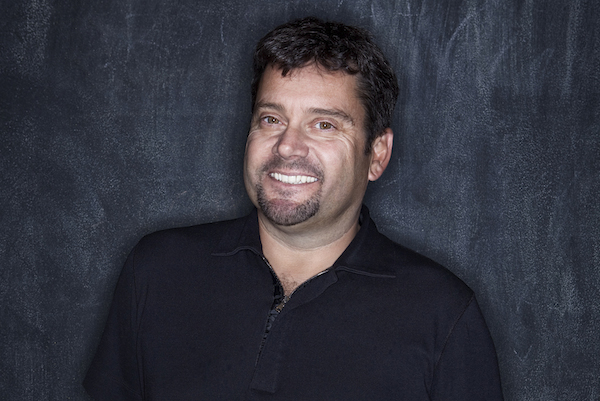
Simon Jeffery’s video game career can be positively summed up as – Star Wars. Previously at Lucasarts, he had chief roles to prop up that publishing and development house. The Star Wars IP found several good developers – most notably Bioware, with Star Wars: Knights of the Old Republic. However, original Lucasarts games did not make a dent either in sales or critical acclaim, and sequels to the popular Adventure games were canceled.
Mike Hayes ironically enough was previously involved with the former rival of SEGA, Nintendo. In the late 80s, Nintendo wasn’t doing as well in the UK as they did in Japan and the US. It was actually the NES that struggled against the Master System. However he had a role in reversing that. He then was involved in the racing game developer Codemasters.
So what did both of them do at SEGA? Well – we gotta start with the Japanese first. Namely, with Naoya Tsurumi, who joined SEGA in 1992, and next year at SEGA Europe (one of the earliest credits you can find for him is Sonic R, which was developed in the UK). The Japanese management that had a say during the pre Sega Sammy/console manufacturer era, namely Hideki Sato, Hayao Nakayama, Hisashi Suzuki and Shoichi Imajiri were all pretty much gone. A new generation of Japanese executives, who also played a role in managing overseas subsidiaries, were appointed. Naoya Tsurumi was now to manage both Europe and America, and president Hisao Oguchi (previously Hitmaker/AM3 manager) was also involved in this new age for Western SEGA as he held chief executive roles for SEGA Holdings USA and SEGA Holdings Europe, in-between entities that were formed to arrange buyouts and new partnerships with Western companies.
Again, strategies were different. What does each region like traditionally? What can Jeffery and Hayes bring to the table with previous relationships and experience?
Well, let’s start with Jeffery who ultimately served only four years at SEGA, leaving in 2009. To be honest – SEGA of America was kind of a mess. It dabbled into pretty much everything. Making licensed IP, original IP, MMO and mobile, rebooting Japanese IP with Western
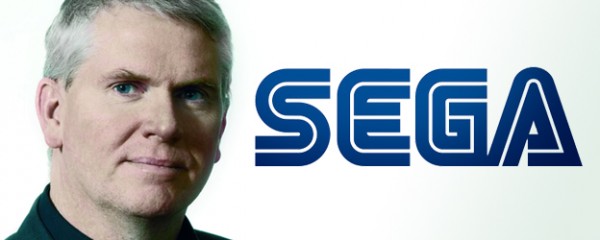
developers but also doing localization here and there. There is licensed IP, which was a failure. A gigantic failure with the Marvel games, and a minor failure with oddities such as Charlotte’s Web and The Matrix Online. And original IP flew right under the radar such as Universe at War or Space Siege. Updates to classic IP was also damning, Alien Syndrome, Golden Axe: Beast Rider, After Burner: Black Falcon were among the updates to classic IP, and they were either forgotten or in the case of Golden Axe became infamously bad. Emulation of classic IP fared far better. People are annoyed by the Genesis collections, but in 2006 and 2009, featuring dozens and dozens of Mega Drive/Genesis games on one disc was fantastic value. Not only that, early adoption of XBLA with versions of those Classic SEGA Genesis games, such as Sonic the Hedgehog (1991) in 2007, was actually spearheaded by and done by SEGA of America. SEGA of Japan would not release digital XBLA/PSN games until 2010. Digital Eclipse, who worked on the Genesis emulation, even hired a former SEGA of America employee (Stephen Frost). Another digital success story is the Super Monkey Ball version on iOS, developed by an American company, becoming the first ever iOS game to get to the top of the Apple Store back in 2008. SEGA of America bought a studio – Secret Level – one of the relations that goes back to Jeffery’s tenure at Lucasarts. Renamed to SEGA Studios San Francisco, they developed the Iron Man games and the new Golden Axe. Both terrible critical failures. This might have motivated SEGA to put America on a tighter leash to Europe and Japan. However, the structures that he put in place were still ever present until the offices were completely and utterly closed in 2015. They improved, surely, as Shinobi 3D was a much better attempt at bringing back an old IP, and the last Marvel tie-in game, Captain America, by Next Level Games (now owned by Nintendo), was much better than Iron Man at least. Alpha Protocol by Fallout: New Vegas developer Obsidian was a new IP that was more fondly remembered than other efforts such as Condemned or Full Auto. Again a mixed bag.
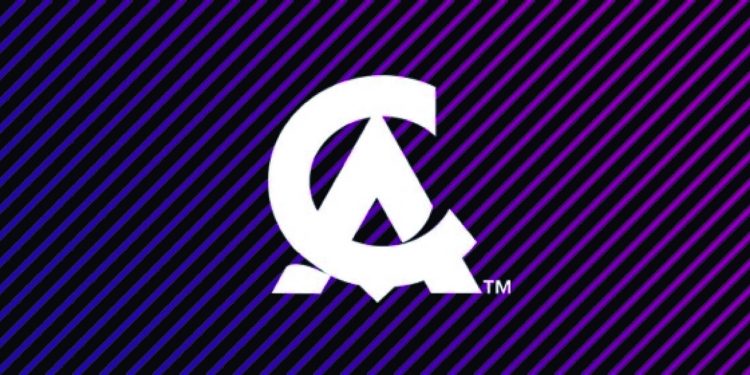
Of course we have to bring up Sonic the Hedgehog. Originally a Japanese made IP, but only really popular in the West, especially the US, and not in Japan. So, of course, SEGA of America had an influence on the IP in the way of marketing and sales expectations. It’s not out in the open, but through the interviews with the Japanese Sonic Team, we can gather that they are influenced by Western input. Sonic Unleashed had a lot of input, for example the Chili Dog becoming canon, but some things didn’t come through, such as abandoning the Werehog idea and featuring more 2D. That same year, Sonic Chronicles: The Dark Brotherhood was developed by BioWare, another company that Jeffery had something to do with previously. Also Sonic 4 was just a mobile game called Sonic: The Portable originally, but at the request of SEGA of America the scope was expanded to be on consoles and be called Sonic the Hedgehog 4. Of course ever since Sonic Adventure 2, Sonic Team was always around as a development team in the US offices, but that stopped in 2008. In 2016, a US office with some Japanese staff of the Sonic Team was established once again, but not as a development team, only as a supervisor. They greenlit Sonic Mania.
2009 however, SEGA of America was re-organized to be under SEGA West with SEGA Europe becoming the dominant force. But how did Sega Europe get into that prestigious role?
The PC Market for strategy and simulation games is strongest in Europe, and while not mainstream in the general video game market in the same way the big shooters and open world games are, it is sizable niche that is surely to generate a few million sales. Therefore Creative Assembly that developed the Total War games and Sports Interactive that developed the Football Manager games were probably the best acquisitions that SEGA ever made. However the newly established SEGA Racing Studio with former Codemaster employees, sadly did not work out as well. SEGA Rally Revo had unfortunate timing of the release date being close to the launch of Halo 3, while also facing very tough competition in the racing game genre. Fortunately the SEGA Racing Studio was not so much closed, but members moved back to Codemasters. SEGA Europe also had interactions with Japanese IP, of course with SEGA Rally, but also with The House of the Dead with the fondly remembered Overkill entry developed by Headstrong Games (that previously pitched a Jet Set Radio entry for the Wii).
Sumo Digital was allowed to have access to every SEGA IP with their crossover SEGA All-Stars games. In 2004 Sumo Digital was chosen to port the excellent OutRun 2 to the Xbox in 2004. At the same time Sonic Team developed an EyeToy mini-game collection called SEGA Superstars, which was a concept that was provided by SEGA Europe. So it was them that started the idea to have a Sega crossover game. Then Sumo Digital started porting SEGA of Japan’s Virtua Tennis 3 onto every console that is not the PlayStation 3. Taking that engine and putting other SEGA IP into it, resulted in the SEGA Superstars Tennis game. And 2 years later, Sonic & SEGA All-Stars Racing was released. It, and it’s sequel Transformed, are surely among the most popular games that SEGA has made in the 3rd party era. And while SEGA of America did have a good start in the mobile business with Super Monkey Ball and ChuChu Rocket, last time we saw SEGA of America doing mobile stuff is releasing emulated Genesis games as “free to play/watch ads to earn credits” kind of games under the SEGA Forever branding. SEGA Forever then turned into a social media hub. However, SEGA Europe pretty much has the biggest mobile SEGA games out in the West with Sonic Dash and also having takes on classic SEGA IP with Crazy Taxi: City Rush and ChuChu Rocket! Universe (which as of this article’s posting has since ben pulled from Apple Arcade). So overall, the new SEGA Europe is a success story and made smart use of the new funds that SEGA Sammy Holdings provided.
Re-inventing SEGA of America and keeping SEGA Europe as it is
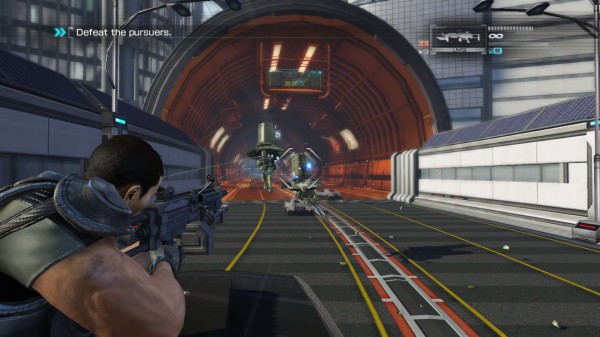
2013 was a year of panic in at SEGA. Things were okay in Japan, but all of SEGA’s console aspirations in North America and Europe faltered. Thankfully the PC focused studios were doing well, but how will they proceed going forward?
The Japanese studios also thought long and hard about how to cater to the worldwide market. For the Yakuza team, the idea was Binary Domain. That title actually has a lot of input from the Western side of things. Mainly SEGA Europe, who brought in a Western comic book writer to adapt the Japanese script and the mo-cap was done by Western actors. However, Binary Domain was an enormous failure. It was a title that was supposed to sell millions upon millions with other SEGA titles following with similar plans, which was a plan outlined but never seriously materialized. According to Naoya Tsurumi, from a Gamespot interview in 2010, only Capcom is really successful in appealing to the West as far as Japanese publishers go. It’s easy to see why. Dead Rising, Lost Planet, Resident Evil among others, were particularly successful on Xbox 360. Ex-Capcom employees formed Platinum Games with big names like Shinji Mikami and Hideki Kamiya and they had a similar sentiment on prioritizing the Western market over the Japanese one. Simon Jeffery mentioned that market research was done only in the West with none being done in Japan. Bayonetta, MadWorld, Vanquish and Anarchy Reigns were really big games for SEGA, and only Bayonetta did good enough that Nintendo took over the franchise since then, with the rest of the Sega + Platinum catalogue disappearing.
It’s been a while since SEGA went on an acquisition spree. Aside from mobile companies, it was in 2006 when they last bought a major company. Thankfully, being part of a bigger conglomerate with significant funds meant that they can jump on acquisitions if they really want to. Mid-sized publishers were in trouble during this era, and so THQ went belly up, and multiple developers were up on sale. Relic Entertainment was a competitor to SEGA, and was familiar with them and snatched them right up; a sound decision. But another bankruptcy happened in the gaming industry in 2013, with Index, the parent company of Atlus. Multiple offers were made, but SEGA Sammy bid the highest out of all of them, and Index was now part of SEGA Sammy. Soon, the other businesses that Index was engaged in were sold off, and Atlus remained. It was an unusual purchase as Atlus did not only include the developer, but a publisher as well, with an overseas presence at that. It was a much more complicated matter of getting that side of business to integrate into SEGA unlike Relic. But what’s important is how Atlus USA changed with this and how it relates to SEGA of America.
As established, the SEGA of America side of business was very much on its last legs. The digital business did not get much traction with with games like Spiral Knight, a cancelled localization of Phantasy Star Online 2 or original mobile games, while Japan had hits like PuyoPuyo! Quest and Chain Chronicle and Europe developed Sonic Dash. Alien: Colonial Marines was their last effort of licensed movie properties and Sonic Boom: Rise of Lyric was another last attempt at making a Japanese IP their own. Both happened in around 2013 and 2014, the same timeframe SEGA made the aforementioned purchases. What seemed like throwing stuff at the wall with the Atlus purchase became a calculated effort to better the efforts of SEGA of America and pretty much put their product strategy on its head. Tatsuyaki Miyazaki, a JP executive that always involved with the overseas subsidiaries, put it like this:
“There were challenging times for SEGA of America in San Francisco, but now I am confident that the collaboration between SEGA and Atlus U.S.A. will make us a uniquely positioned publisher poised to deliver top quality games from Japan,”
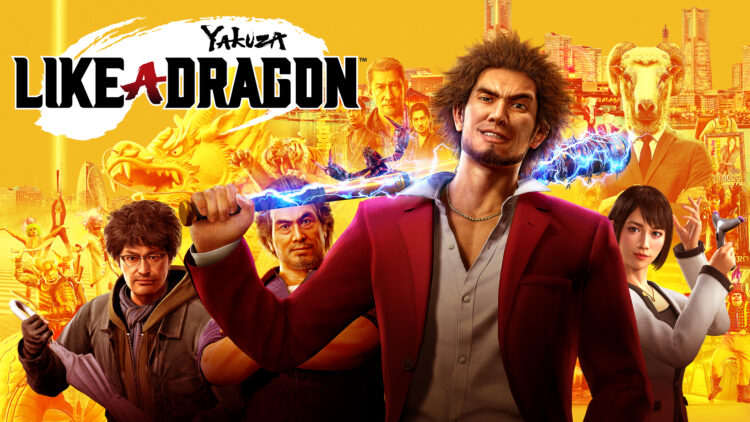
However it’s not as if there was never an effort to localize Japanese games since 2005 – Yakuza, at first with an english dub and FIGS localization, but then english sub only for entries afterwards. Yakuza 2 on PS2, DS games like Mystery Dungeon, Phantasy Star Zero, Dinosaur King, Sands of Destruction and PSP games like Valkyria Chronicles II and Phantasy Star Portable 1&2 show that an effort was there to capitalize on the people that bought Atlus USA, Aksys Games, NIS America and Xseed games who also brought many niche Japanese games to PS2, DS and PSP. It was a minor part of the business, but it was an acknowledgment at least. SEGA of America never threw themself entirely on localizing Japanese games, but it happened slowly but surely. Hatsune Miku: Project DIVA received it’s first localization 2014, and then 7th Dragon Code VFD was released on 3DS which was the first sign that things were changing, with text heavier games getting localized. 2017, a European base for Atlus was established which was a first for the company as it usually relied on other distributors. And in the
fall of 2020, Yakuza: Like A Dragon was released, and I believe it is a culmination of all the good that came from Atlus USA purchase. A big marketing push, multiple languages, multiplatform, something that was only preserved for Sonic games or more Western skewed games. It took a whole 7 years to finally compliment the strengths of SEGA and Atlus on a bigger scale, but at least it happened. In 2013, there was genuine fear that SEGA localization would take a downturn for Atlus as it happened with SEGA. But thankfully the opposite happened. SEGA Europe continues as usual to snap studios focused on PC up, such as Amplitude Studios in 2016 and Two Point Studios in 2019. Japanese rival Bandai Namco also caught up to this after the announcement of acquiring a majority stake in Limbic recently, the developer behind the PC game Park Beyond.
SEGA of Japan taking matters into its own hands
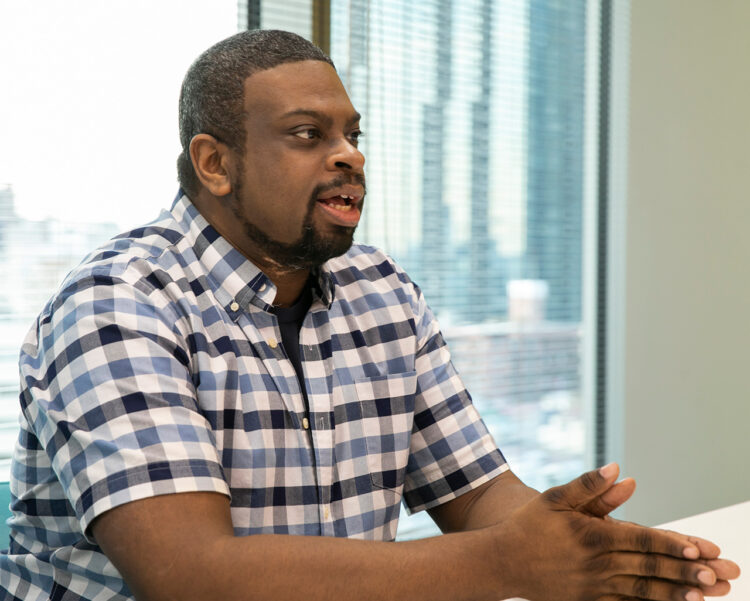
But there is another thing, SEGA of Japan took matters into its own hands. This is most evident with smartphone titles and PSO2. If you notice on the app stores/digital storefronts of currently available games like SEGA Pocket Club Manager on mobile and Phantasy Star Online 2, you’ll notice that it’s not “SEGA of America” selling them, but rather “SEGA Corporation”, so Japan. This is not new, they have done this with previous mobile titles. But it does show that operating and localizing online games is something that Japan aims to do on its own. Same goes for PC ports, previously done by SEGA Europe and their contracted developers such as QLOC or Little Heart Stone, all versions of the games are being done in-house. This is demonstrated by the Yakuza games, among others. More Western staff than ever are present in the Japanese offices, Donstsov Riktov from Russia works as an effects designer on Sonic Frontiers, while Whindham Jeffrey is localization producer for PSO2:NGS. We also saw the recent revivals Virtua Fighter 5: Ultimate Showdown and Super Monkey Ball: Banana Blitz HD (this changed with Banana Mania) being promoted on Twitter in (sometimes broken!) English out of the Japanese offices rather than dedicated social media from the overseas subsidiaries. Also, Western mid-sized or indie publishers such Forever Entertainment behind Panzer Dragoon and The House of the Dead Remake or Alex Kidd in Miracle World DX and Streets of Rage 4 publishers don’t go through SEGA of America or Europe, but directly through Japan to license the IP. An unusual approach for a Japanese publisher.
Nowadays there is almost no talk on releasing games for the Japanese or Asian market as a major financial incentive. It’s always worldwide from the start. All the markets in Japan reached its zenith – across all sectors of SEGA businesses. Arcades, mobile and consoles. It no longer makes sense to aim just for specific markets and just Japan. Localization producer at SEGA of Japan, Jon Rodgers, seems excited. here a video of him outlining SEGA’s continued globalization:
Of course it also helps that Anime and Japanese content is more popular than ever, so SEGA is aligning with general trends. So either way, the future is looking good!

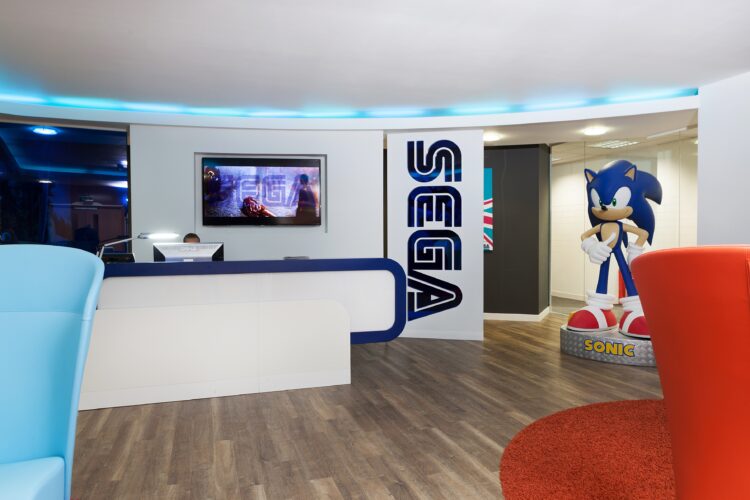




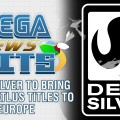
Great article and read, never did get the Yank insistence that SEGA was ‘western’ due to Standard Games as they really aren’t when you analyse everthing objectively. Sega of America is actually technically the newest one and I see it’s often seen as the black sheep of the family, though Sega Europe technically predates it but even calling the now defunct Standard Games American is a bit of a stretch because although it may have some limited operation in LA at one time, it was actually started in Hawaii – a land that is not only not geographically American mainland but actually has as much history with nations like Japan, Scotland (the nation that makes up the Northern part of Great Britain) and Polynesian figures from these lands etc.
Though it’s monarchy had successfully united the lands for just 80 years, the Hawaii Princess – Ka’iulani was not only the daughter of Archibald Cleghorn, the Scottish born (from Edinburgh) horticulturist and collector of customs, she also became the leading voice in the campaign that would restore the Kingdom of Hawaii after the monarchy was overthrown in 1893.
Looking at the current State Hawaiian flag – it uses the British-wide UK flag called the Union Jack (which is the blue and white Scottish saltire, the red and white saltire of Ulster and the red and white cross of the English national flags combined) which began to be first designed in the year 1606 – after James VI of Scots took over the English throne in the year 1603 along with the Scottish nobility – which began the process of what would lead to the political union between the two kingdoms of Scotland and England by 1707, so why is that you might ask?
Because the Hawaiian king had flown it out of respect for King George III and as a sign of friendship with Britain. During the War of 1812, Americans on the islands were unhappy with such a partisan act. … When Kamehameha commissioned a flag for the Kingdom of Hawaii in 1816, the designer incorporated the “Union Jack”.”
Interestingly though, Cleghorn, who is remembered particularly for all the planting of the banyan trees became a great close friend and advisor to the King Kalakaua and the Queen Lili’uokalani and also served as the Royal Governor of Oahu in the 1890’s.
When the famous Scottish author who wrote the most famous pirate lore – Treasure Island – Robert Louis Stevenson met Cleghorn and his family after arriving in Hawaii on assignment for a US publisher. The Journalist Billy Kay detailed how Stevenson, then one of the world’s most famous writers following the success of Dr Jekyll and Mr Hyde (also written by Robert) become an ally of King Kalakaua and the royalist movement and was also a regular guest of the Royal Household, where he had a lot of hospitality and drink and where he met Princess Ka’iulani when she was 13, the niece to the King.
But that aside, on SEGA itself, it’s most immediate direct antecedents would be Seizou (Nihon Kikai Seizou) and Goraku (Nihon Goraku Bussan) and Rosen Enterprises as well as Standard Games, so you could say analogically these four are like SEGA’s grandparents and most immediate relatives. That’s not to say there was never any American input also (of course there was – Stewart being another) but SEGA is quite a bit bigger than that and when we make this claim based on one element of SEGA, it’s useful to take it all into consideration and weigh everything up.
Good video though, and throughly enjoyed it, I don’t think there’s been one as in-depth as this before other than Jenovi’s one about Standard Games.
P.S. As well as Sega having some Asian root and a strong western heritage to a degree, if you’re wondering why the name ‘Service’ was used with the colour scheme etc, it was because at a time, SEGA made content for ‘Service men’ during the war effort – that was the core audience of who they made products for so the word ‘Service’ was used as part of the name to combine with games- i.e., ‘SE’ from service – to ‘GA’ from Games = SEGA.
It’s kind of like the Sikhs or Samurai’s motto of ‘to serve’ in both their military heritage.
Nice article. I’m sure you spent a lot of research for this, well done.
For Iron Man game, eventhough it was poorly reviewed, the game sold very well though.
It’s even managed to be in Top 10 game for PS2 and PSP for some weeks.
Its PSP version even got re-release as “Greatest Hits” series due to its good sales.
(A game can earn this ‘greatest hits” title if it meets certain sales criteria within two years after its release).
Too bad other Marvel games didn’t have the same fate (eventhough Thor NDS and Captain America 3DS were so good).